Are you wondering what vegetables go with lamb curry?
Well, you are in luck because I have rounded up 15 of the best vegetables to serve with lamb curry!
Whether you are looking for a simple side dish or something more substantial, there is sure to be something on this list that you’ll love.
So go ahead and give one (or all!) of these vegetables a try the next time you make lamb curry!
Read Also: Lamb Curry Wine Pairing – The Best Wines For Lamb Curries
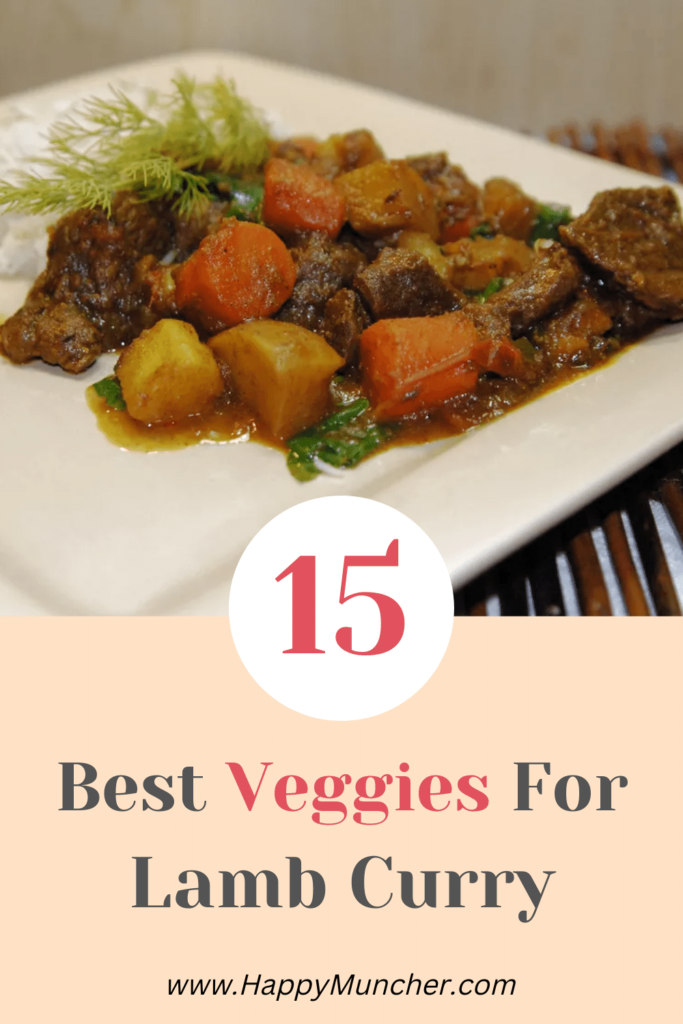
What Vegetables Go with Lamb Curry? 15 Best Vegetables
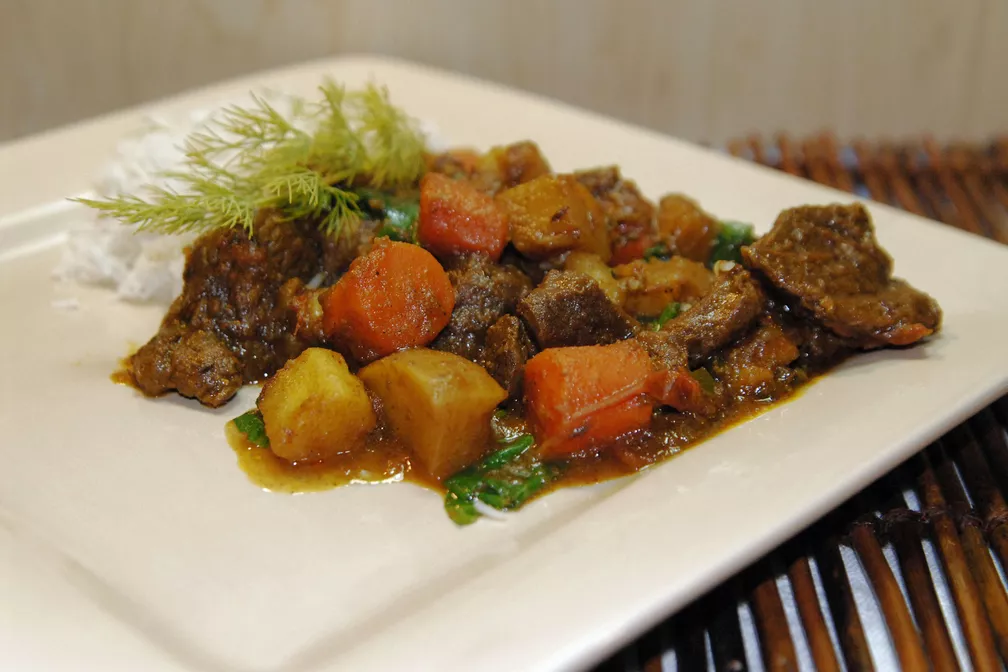
Sure, lamb curry is delicious on its own.
But what if you want to take it to the next level?
Adding the right vegetables can make a world of difference.
The key is to choose vegetables that will complement the flavors of the curry without overwhelming them.
Fortunately, there are a number of great vegetables that pair well with lamb curry.
Here are 15 of the best vegetables for lamb curry:
1. Potatoes

Potatoes are a nice way to make sure nobody goes hungry when you’re serving up a curry, and they can be added in a few different ways.
The most popular way is to just dice them up and add them into the curry towards the end of cooking so they can absorb all the flavors, but you could also fry them up as crispy little wedges to top your curry with.
Another great way to use potatoes in a curry is to make what’s called an aloo gobi.
This is where you fry up diced potatoes and cauliflower florets until they’re nice and crispy, then add them into the curry about halfway through cooking.
This is a really tasty way to bulk out a curry without adding any meat, and it’s also pretty healthy too.
So next time you’re making a curry, don’t forget the potatoes!
2. Carrots

Carrots add color and texture, sweetness and crunch to any curry recipe.
There are many ways to add carrots to a curry.
- One way is to julienne or matchstick them and add them raw to the dish. This works best with quick-cooking recipes like stir-fries.
- Another way is to dice them into small pieces and cook them with the other vegetables in the dish. This works well in dishes that require longer cooking times, like stews or curries.
- You can also shred or grate carrots and add them towards the end of cooking so they retain some crunch.
3. Peas
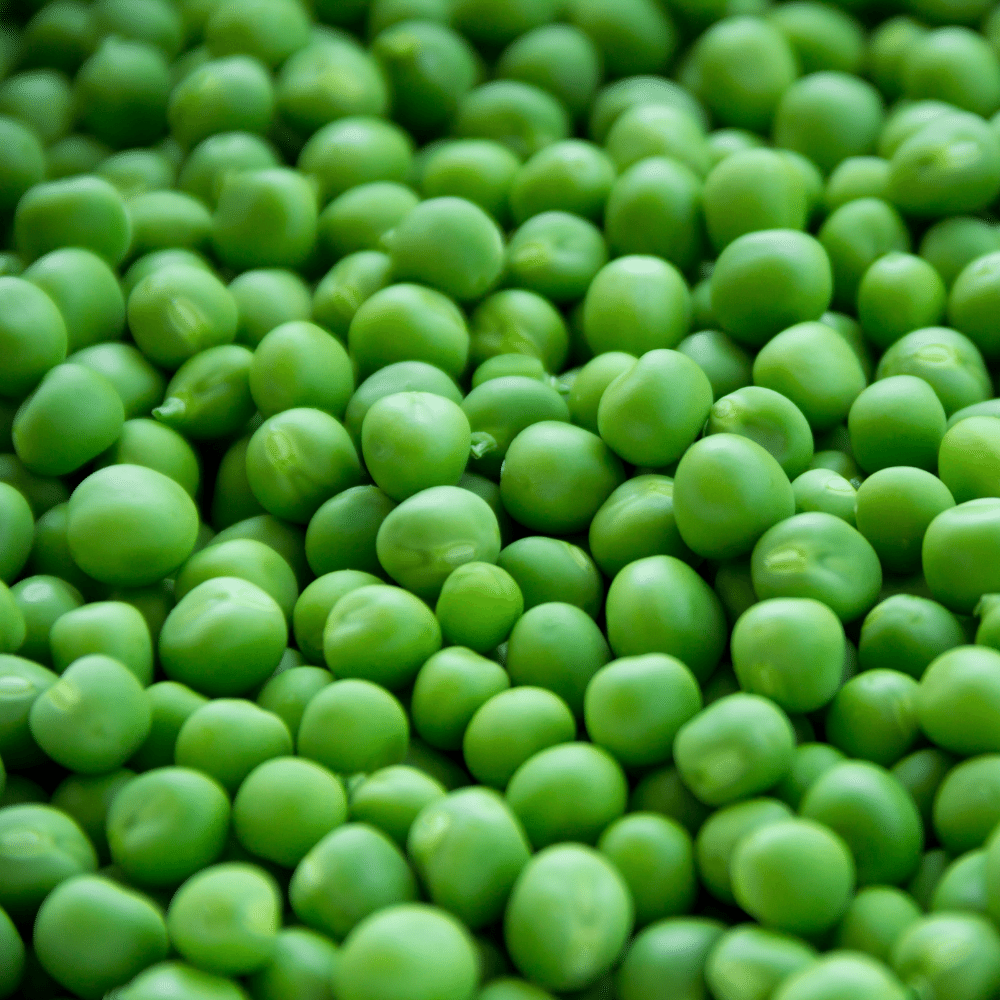
Peas – also known as the little green balls of deliciousness – are one of my favorite vegetables to add into curry. Not only do they add a lovely pop of color, but they also help to bulk out the dish and make it more filling.
There are two ways that you can add peas into curry.
- The first is to simply stir them in at the end of cooking, which will result in them keeping their shape and being slightly al dente.
- The second way is to add them in at the beginning of cooking, which will allow them to break down slightly and thicken the sauce.
If you’re looking for a bit of extra protein, you could also try adding some cooked chicken or shrimp into your curry along with the peas.
4. Green Beans

Green beans add texture, color, and flavor to any curry recipe. There are many ways to add green beans to a curry.
- One way is to blanch the green beans. To do this, simply boil the green beans in water for two minutes then remove them and place them in a bowl of ice water. This will stop the cooking process and keep the green beans crisp. Add the blanched green beans to your curry at the end of cooking.
- Another way to add green beans to a curry is to stir-fry them. To do this, heat oil in a pan over high heat then add the green beans and cook for three minutes until they are bright green and slightly charred. Add the stir-fried green beans to your curry at the end of cooking.
- Green beans can also be added raw to your curry. Simply trim the ends of the green beans and add them to your curry during the last five minutes of cooking.
5. Cauliflower

Cauliflower soaks up flavor like a sponge, making it the perfect addition to any curry recipe!
There are several ways to add cauliflower to your curry.
The most common way is to simply add florets to the dish.
However, you can also grate or puree the cauliflower and add it that way.
Cauliflower is a great addition to any curry because it:
- Soaks up flavor
- Is high in fiber
- Is a good source of vitamins and minerals
- Is low in calories
6. Broccoli
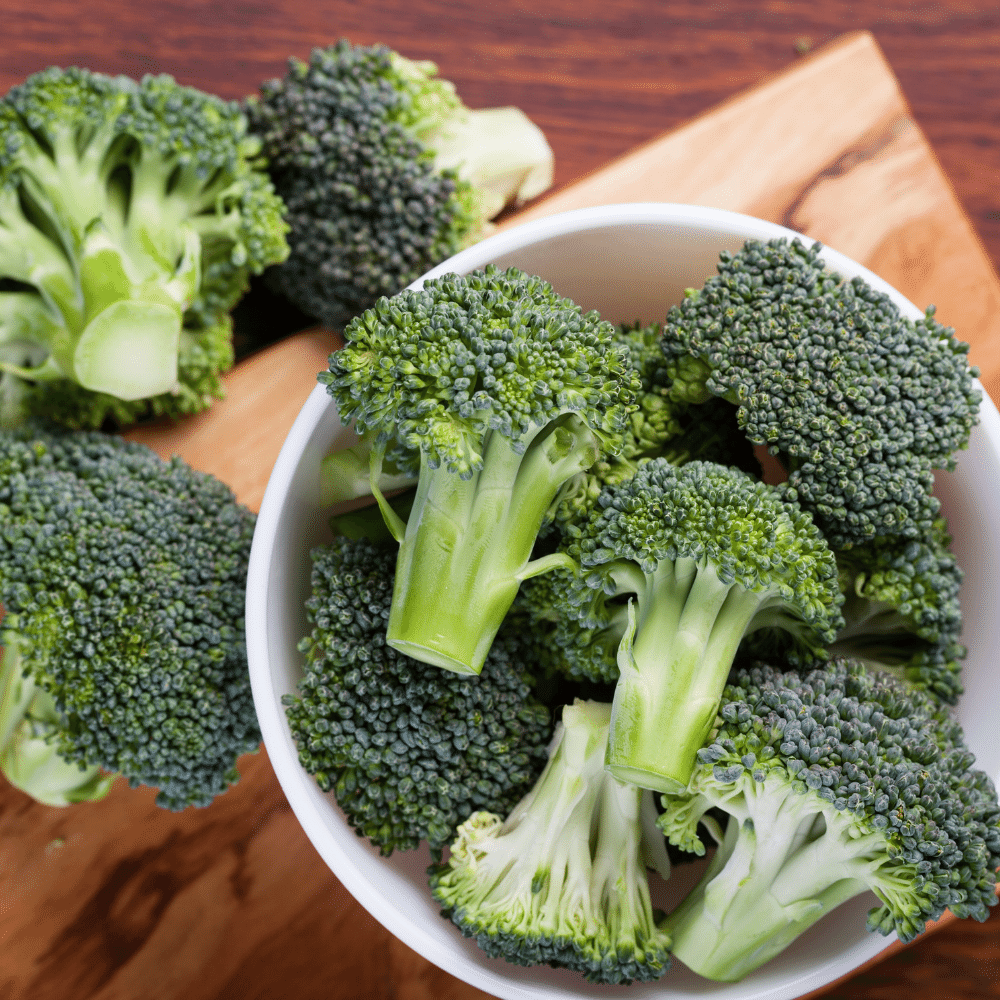
Broccoli isn’t as boring as some people make it out to be – especially when it’s cooked in a flavorful curry!
There are many ways to add broccoli into your curry recipe.
- One way is to blanch the broccoli first by boiling it for a few minutes. This will help to retain its color and crunchiness. You can then add it into the curry towards the end of cooking.
- Another way is to stir-fry the broccoli with some oil and aromatics like garlic, ginger, and onion. Once it’s cooked to your liking, you can then add it into the curry.
- Or, you can simply throw some raw broccoli florets into the curry towards the end of cooking and let it cook in the sauce. This is my personal favorite way as it’s quick and easy!
Whichever method you choose, I’m sure you’ll enjoy this veggie-packed dish.
7. Spinach
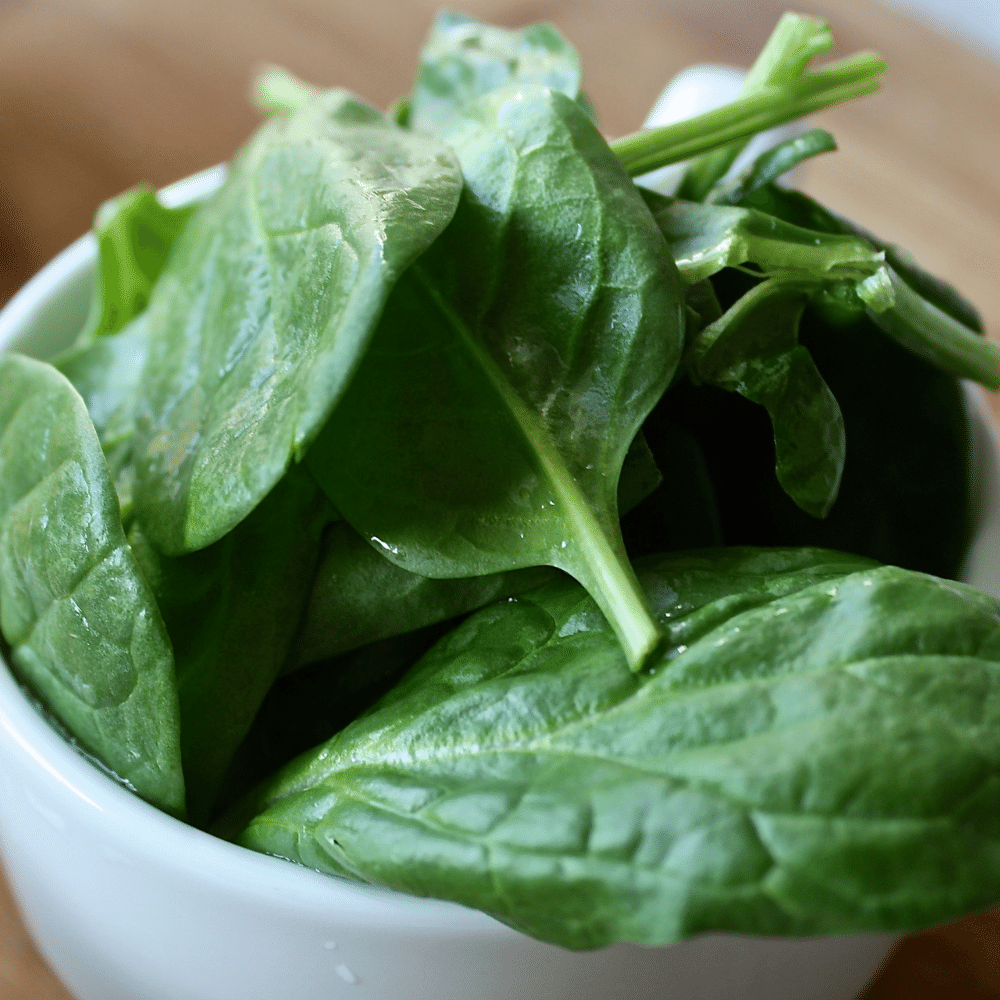
Spinach isn’t just a health powerhouse, it’s also a great way to add some extra greens into your lamb curry recipe!
There are a few different ways you can do this:
- Add a handful of spinach leaves into the pot when you’re cooking your curry. This is a great way to add some extra nutrition and color to your dish.
- Sautee some spinach in oil and garlic, then add it into your curry at the end. This will give your curry a nice flavor and texture contrast.
- Puree some cooked spinach and add it into your curry sauce. This will make your sauce extra creamy and rich.
No matter how you choose to add it, spinach is a great way to boost the nutrition and flavor of your favorite lamb curry recipe!
8. Kale
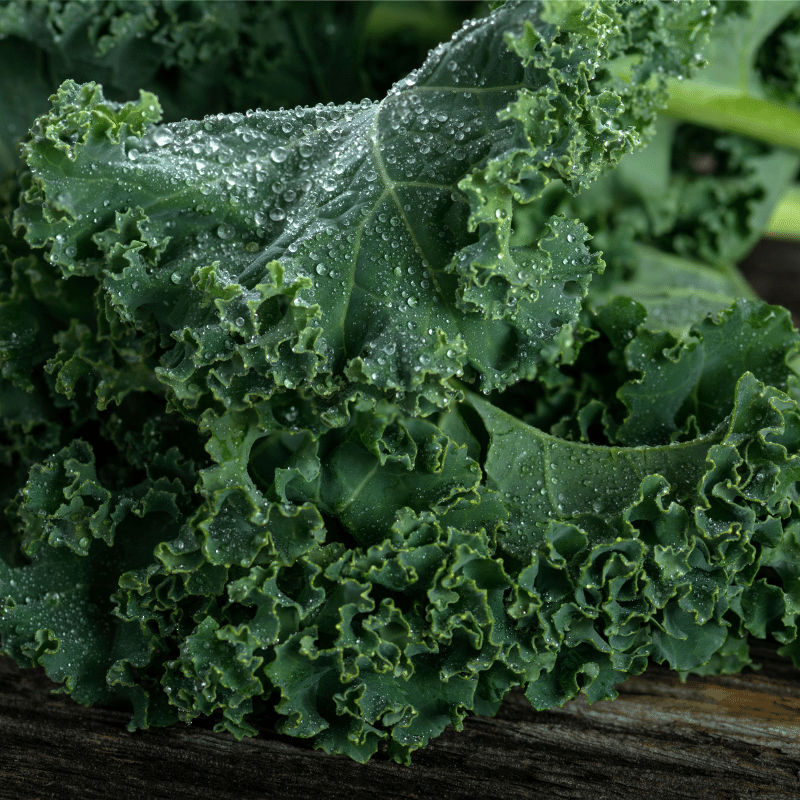
Kale comes with a strong flavor – so it can go really well in a curry.
It is also packed with nutrients like vitamins.
There are a few ways to add kale to your curry recipe:
- You could add it at the beginning of cooking, along with the other vegetables. This will allow the kale to cook thoroughly and absorb all the flavors of the dish.
- Another option would be to add it towards the end of cooking, just before serving. This way, the kale will retain its color and texture, making for a more visually appealing dish.
- Finally, you could also stir in some chopped kale leaves after the curry is cooked. This will add a pop of color and freshness to your dish.
9. Swiss Chard

This veg has a mild, sweet taste similar to spinach, making it a perfect addition to any curry.
It’s also packed with nutrients and vitamins.
Here are a few ways to add Swiss chard to your curry:
- Add the leaves at the end of cooking so they retain their color and nutrients.
- Stir-fry the leaves with some garlic, ginger, and onion before adding them to the curry.
- Puree the leaves and add them to the sauce for a creamy texture.
10. Collards

Raw collard greens are bitter, (although not quite as bitter as kale) but when they’re cooked, they take on a much milder flavor that works well in a number of dishes.
One of my favorite ways to use collards is in curries.
They hold up well to long cooking times, and their slightly bitter flavor helps to balance out the sweetness of the other ingredients.
To use them in a lamb curry, simply chop them into thin strips and add them to the pot along with your other vegetables.
If you’re using a pre-made curry paste, you can also add the collards at the same time as the paste.
If you want to add some extra flavor to your collards, you can also sauté them before adding them to the curry.
To do this, simply heat some oil in a pan over medium heat, then add the collards and cook for 3-5 minutes until they’re slightly wilted.
11. Cabbage
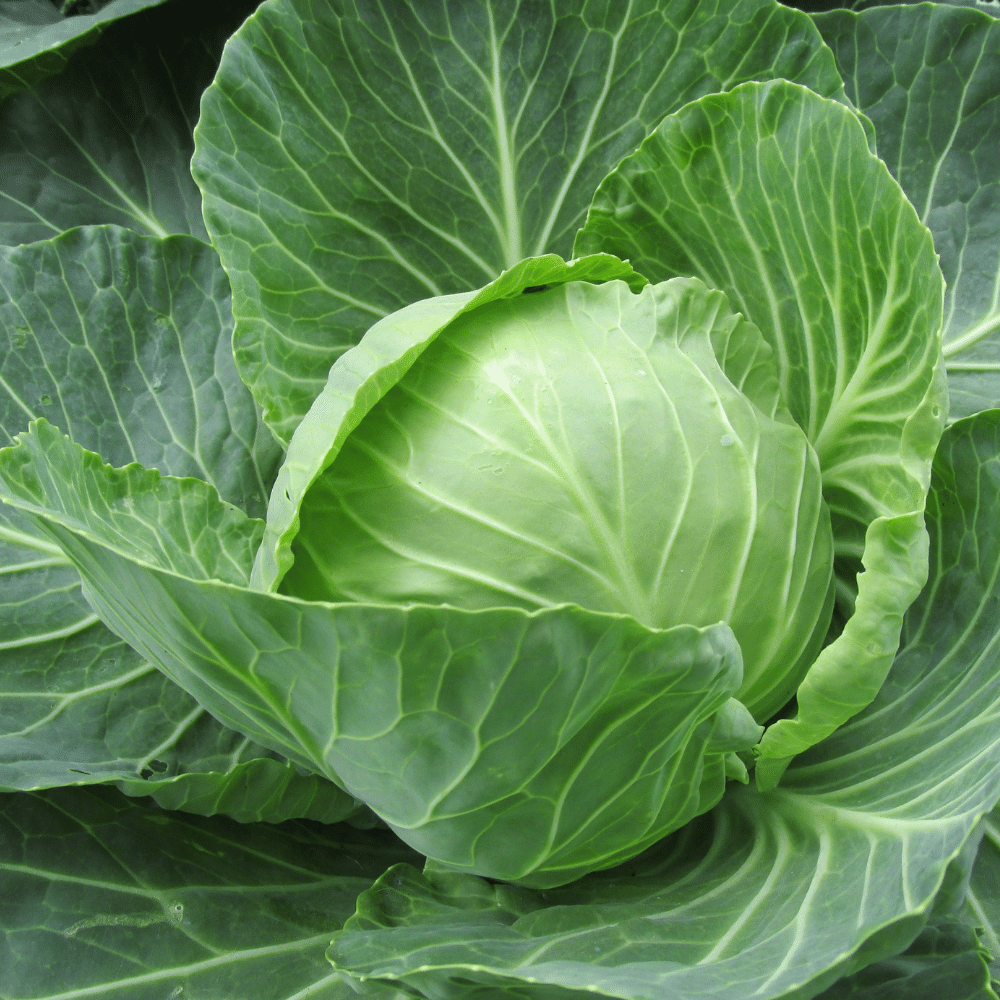
Raw leaves are somewhat peppery in taste and have a crisp texture.
When cooked, cabbage becomes sweet and its leaves become tender.
It is an excellent source of vitamins.
Cabbage can be used in many ways in curry recipes.
It can be stir-fried with other vegetables, added to soups or stews, or even used as a wraps.
To add cabbage to your lamb curry recipe, first cut the cabbage into thin strips.
You can then add it to the dish at the beginning of cooking so that it has time to soften, or towards the end if you prefer it to retain some crunch.
12. Brussels Sprouts

Brussels sprouts go great in lamb curry recipes.
I would suggest roasting them with some spices before adding them to the curry.
This will help to bring out their flavor and make them more palatable for those who are not fans of Brussels sprouts.
- To roast the Brussels sprouts, simply toss them in a bit of olive oil and your favorite spices.
- Then roast in a preheated oven at 400 degrees Fahrenheit for about 20 minutes or until they are fork-tender.
- Once they are roasted, you can add them to your lamb curry recipe towards the end of cooking so that they do not overcook and become mushy.
13. Bok Choy

Bok choy has a mild, cabbage-like taste and is often used in Asian cuisine.
It is a good source of vitamins.
Bok choy can be added to any curry recipe, either as a main ingredient or as a side dish.
It pairs especially well with chicken, shrimp, and tofu.
- To add bok choy to a curry recipe, simply sauté it in oil until it is wilted.
- Then add the other ingredients according to your recipe.
14. Daikon Radish

Raw daikon radish has a sweet and lightly spicy taste that mellows out when cooked, making it a versatile vegetable to add to any dish – especially lamb curry!
There are many ways you can add daikon radish to your curry recipe.
- One way is to julienne the radish or cut it into thin matchsticks and stir-fry it with the other veggies in your curry.
- You could also dice the radish into small pieces and add it towards the end of cooking so it retains some of its crunch.
- Or for a more traditional approach, grate the radish and add it to the spice paste used to make curry.
No matter how you choose to use it, daikon radish is sure to add a delicious and healthy touch to your next curry creation!
15. Turnips

Lastly, why not make your lamb curry with turnips?
See Also: 50 Best Soups with Turnips
They also have a natural sweetness that can help to balance out the spices in your curry.
There are two ways you can add turnips to your lamb curry.
You can either dice them into small pieces and add them at the beginning of cooking so they have time to soften, or you can slice them into thin wedges and add them towards the end of cooking so they retain some bite.

What Vegetables Go with Lamb Curry? 15 Best Vegetables
Ingredients
- Potatoes
- Carrots
- Peas
- Green Beans
- Cauliflower
- Broccoli
- Spinach
- Kale
- Swiss Chard
- Collards
- Cabbage
- Brussels Sprouts
- Bok Choy
- Daikon Radish
- Turnips
Instructions
- Choose your favorite veggies from this list to add to your lamb curry dish.
- Prepare the rest of your meal.
- Enjoy in no time!
Hi, I'm Benjamin. I love cooking, long walks, and my girlfriend! Here you’ll find simple and delicious recipes that you can make in 30 minutes or less.

